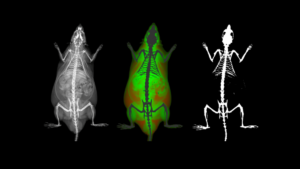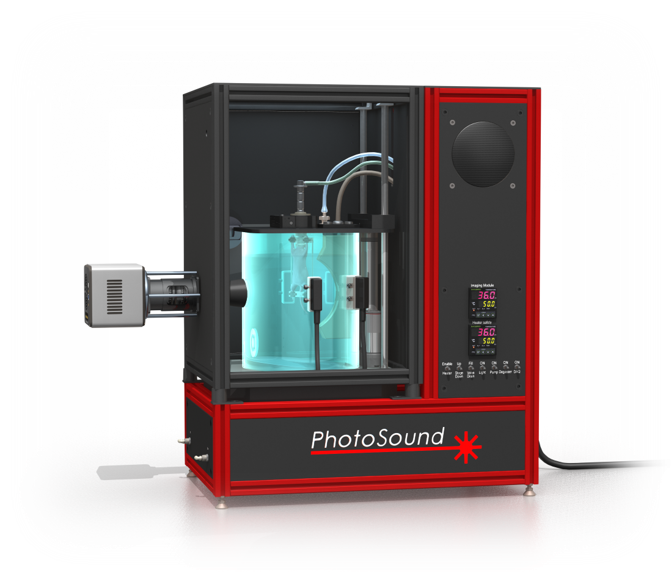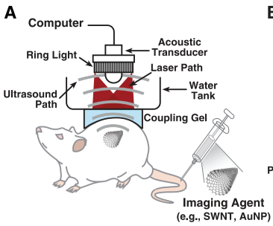Modality Review: Introduction to Preclinical Photoacoustic Imaging
When to Consider Using Photoacoustic Imaging
Photoacoustic (PAI) imaging is a technology which combines the sensitivity of optical imaging with the depth of penetration and resolution of ultrasound imaging; PAI enables functional and molecular imaging, the specifics of which are determined by the intrinsic or extrinsic optical absorbers being imaged. For example, oxygen saturation may be assessed using the optical characteristics of oxy- and deoxy-hemoglobin, or a targeted contrast agent may be used to assess the level of a specific biomarker. Additionally, photoacoustics may be used to characterize the biodistribution of a number of nanoparticles, dyes, and contrast agents; while also being able to look at both pharmacokinetics and methods of drug delivery, or even cell tracking.
Photoacoustics is slightly different from the other imaging modalities we have discussed thus far in this series, as others have been adaptation of clinical imaging modalities to work for preclinical research; while photoacoustic imaging was developed first in the lab, and is now being transitioned into the clinic.
At it’s core, photoacoustic imaging requires an excitation source, typically a tunable laser such that specific wavelengths may be selected; a means of coupling the imaging subject to the excitation source and the receives; and finally the receiver which detects the resulting soundwave. There are several different ways to configure these systems, all of which have their own unique advantages and limitations.
Photoacoustic imaging is applicable to a wide array of research areas including, cancer biology, neurology, developmental biology, contrast agent imaging, as well as angiography. This list of applications continues to grow as applications are developed, and novel contrast agents are discovered or explored.
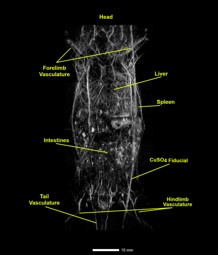
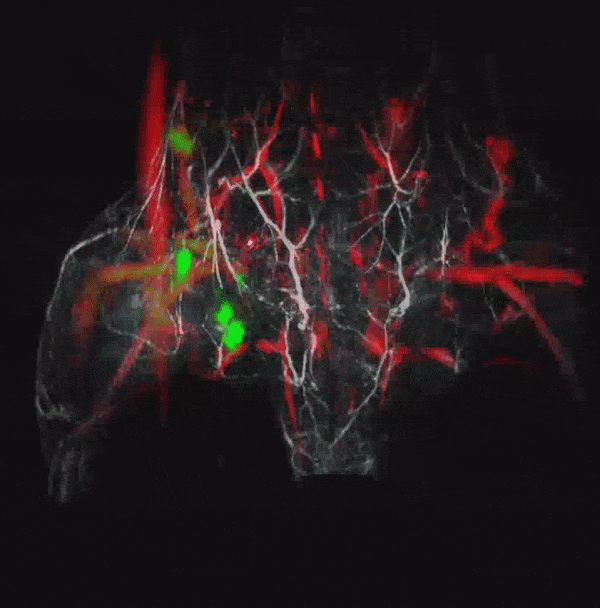
Multimodal Imaging
PAI lends itself very well to multimodal imaging to help provide additional, complimentary, information to the resulting PA image. For example, providing enhanced anatomical information to help localize the acquired PA signal, either from traditional ultrasound, or even MR or CT images would be beneficial. Additionally, the visualization of additional contrast agents, for example fluorescent agents, could again lead to the further elucidation of important biological pathways relevant to specific disease processes.
High Performance Preclinical Photoacoustic System
Preclinical photoacoustic imaging systems have been configured as whole-body tomographic systems – in which full field illumination is employed at NIR wavelengths to fully illuminate the imaging subject. The resulting acoustic waves are then detected by ultrasound receivers – mechanical or linear array based. Alternatively, preclinical PA systems have been designed to be an adaptation to a 2D array probe on which fiber bundles are attached for illumination, and the traditional ultrasound probe is used to receive the signal.
The TriTom system is manufactured by PhotoSound, and distributed by Scintica. The system is a multimodal whole-body tomographic photoacoustic system, which can also be configured to acquire and co-register 3D fluorescence tomographic images. Both intrinsic and extrinsic chromophores can be used, as excitation wavelengths range between 460-1320nm, using a tunable nanosecond pulsed laser. The same laser is available for the excitation of fluorescent dyes as well. A full 3D scan is acquired very quickly (36 seconds or less) providing high resolution images (up to 150µm). The system has been specifically designed for preclinical imaging of mice and small rats, including integrated anesthesia, temperature control, and with the rapid scan times the system allows for high throughput imaging of relatively large 3D volumes (>25cm3).
Basic Explanation of How Photoacoustics Works
Initial reports of the photoacoustic effect date back to the time of Alexander Graham Bell in the 1880’s, but the more recent development and further advancement of the laser in the mid to late 20th century has really allowed this technology to be developed and researched. With significant advancements in system design and application in preclinical research taking hold in the very early 21st century, with a transition into the clinic happening thereafter.
At a high level, a PA image may be thought of as an ultrasound image in which the contrast depends on the tissue’s optical properties, specifically on optical absorption, and not on it’s mechanical and elastic properties. Photoacoustics, or optoacoustics as it is sometimes called, uses short pulsed laser source for exciting an intrinsic or extrinsic optically absorbent agent. The absorbed light leads to local heating, followed by expansion and pressure wave which can be detected by an ultrasound receiver.
Digging deeper, optical wavelengths in the visible and near-infrared (NIR) spectrum (550-900nm) and beyond are typically used, these wavelengths provide greater depths of penetration compared to shorter wavelengths. Specific wavelengths are selected based on the chromophore of interest, which may be haemoglobin, melanin, dyes, or other contrast agents. Once the chromophore absorbs the light at a specific wavelength, there is a rapid conversion to heat resulting in a subtle increase in temperature, far below that which would be required to cause any alternation in the tissue. This temperature rise then leads to an initial pressure increase, which then relaxes, causing an acoustic wave to be created – thermoelastic expansion. The acoustic wave then propagates to the surface of the tissue to be detected by an ultrasound receiver. The advantage here is that ultrasound reconstruction can, at times, be simpler than optical reconstruction. In this case the time of arrival of the acoustic wave, and knowing the speed of sound through the tissue, are used to reconstruct the image. There are potentially different reconstruction algorithms that can be used.
Image resolution is an important consideration in all imaging modalities, in traditional ultrasound imaging the transmit pulse can be focused at a specific depth to help improve the resolution of the resulting image. In photoacoustic imaging, the transmitted energy is subject to significant optical scattering at depths beyond 1mm or so, the resulting acoustic wave and received signal must be focused to reconstruct the final image.
The specificity of what is being observed in PA imaging is dependent on the chromophore of interest, and then which wavelength of light is used. For example oxy and deoxy haemoglobin have very different absorption spectra, and peak coefficient values; which again are very different from lipid, melanin or collagen for example. Further expanding the capabilities of PA imaging is to introduce other dyes and contrast agents to extrinsic agents which may also be of interest.
Our Next Modules
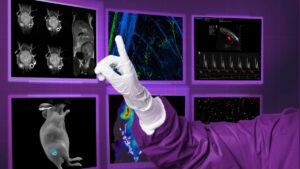
Available Now
Preclinical Imaging Modalities
As we begin to explore the idea of multimodal imaging, let’s first start to explore the variety of preclinical imaging modalities that are most commonly used by researchers around the world.
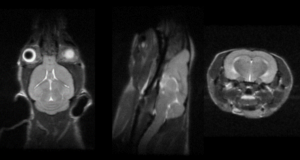
Available Now
Modality: MRI
MRI is considered the gold standard in soft tissue imaging, both in the clinic on patients and by researchers on a wide variety of preclinical imaging subjects.
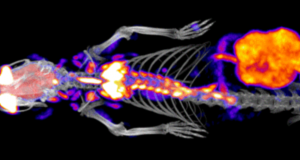
Available Now
Modality: CT
Computed Tomography (CT) is one of the most commonly used clinical imaging techniques, next to perhaps ultrasound.
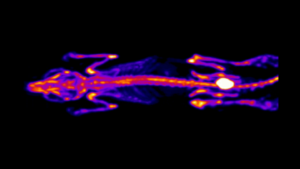
Available Now
Modality: PET
Nuclear imaging modalities include positron emission tomography (PET) as well as single photon emission computed tomography (SPECT), which both detect gamma radiation emitted from a radionucleotide injected into an imaging subject.
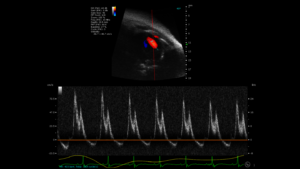
Available Now
Modality: Ultrasound
Ultrasound (US) imaging is one of the most commonly used diagnostic techniques clinically, and is widely used in preclinical imaging as well. It is a safe, non-invasive, and relatively inexpensive technology compared to some of the other available imaging modalities.
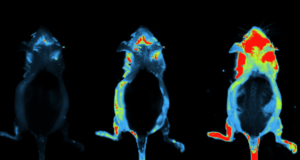
Available Now
Modality: Optical
When discussing Optical Imaging techniques in this series, the meaning is to cover bioluminescence (BLI) and fluorescence (FLI) imaging. T
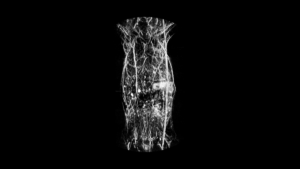
Available Now
Modality: Photoacoustic
Photoacoustic (PAI) imaging is a technology which combines the sensitivity of optical imaging with the depth of penetration and resolution of ultrasound imaging.
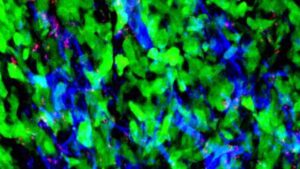
Available Now
Modality: Microscopy
